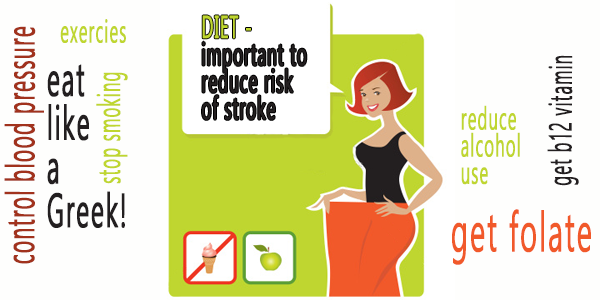
Stop using any and every random lotion under the sun to care for your skin. The things you rub into your skin will be absorbed, not only by your skin, but they enter your bloodstream as well.
We need to stop slathering our epidermis all over with a concoction of compounds, additives, and yes, toxins. Odds are, you are likely already getting way too much of those wonderful materials in the air you breathe or the foods that you consume. And in the event that you’re caring for a baby, you absolutely should be certain to work with as many natural items as you can. That soft infant skin is much more sensitive than our own!
The quantity of infant care goods out there on the market today is simply amazing. Numerous distinct brands, ingredients, and too many guarantees made.
Often its best to keep things simple
Frequently referred to as “the most healthful oil in the world”, coconut/copra oil (unrefined and all-natural) is perfect for soft baby skin (and it will do wonders for YOUR skin, also)! It contains many anti oxidants, and it is even antifungal, antibacterial, and acts as a germicide. Here’s how you find a good brand of coconut oil.
The Best Natural “Lotion” You Can Find
When stored at room temperature it is a solid, however it will melt down readily into your palms and in to yours, or your infant’s, skin. It is ideal for using right after bathing. Its great for infants and adults alike! Does wonders for your hands as a moisturizer, also.
Good for Diaper Rash
Apply copra/coconut oil liberally for an astonishingly and fantastic strategy to dealing with this irritating issue.
Helps as a Cradle Cap Remedy
Cradle cap is dealt with by many through the use of coconut oil. It is by far one of the better natural remedies for cradle cap that you can use. Just rub a small quantity of the oil onto the infant’s scalp, and lightly slough off the dead skin employing an extremely soft-bristled brush meant for an infant or a fine-toothed infant comb. Remove extra oil by using a warm washcloth to softly rub the infant’s head.
Not Just for Infants
Go ahead. Spoil your self with this awesome natural moisturizer. You Will love how delicate your fingers and toes will likely be after just one use of this amazing oil.





 Studies have shown that women are more at risk of suffering a stroke than men, and for the first time, women and their physicians are now armed with evidence-based guidelines on how best to reduce those risks.
Studies have shown that women are more at risk of suffering a stroke than men, and for the first time, women and their physicians are now armed with evidence-based guidelines on how best to reduce those risks. A recent study from Pennsylvania State University utilized hidden ingredients in recipes, aimed at lowering calorie content, and evaluated participants’ responses to the hidden ingredients. Researchers used hidden pureed vegetables to decrease calorie content in meals in order to determine if participants would feel satisfied with the lower calorie intake. Vegetables are low in calories and high in fiber and nutrients leading to satiation and weight loss. Although weight loss was not a factor in this study, other studies have found positive association with increased vegetable intake and subsequent weight loss.
A recent study from Pennsylvania State University utilized hidden ingredients in recipes, aimed at lowering calorie content, and evaluated participants’ responses to the hidden ingredients. Researchers used hidden pureed vegetables to decrease calorie content in meals in order to determine if participants would feel satisfied with the lower calorie intake. Vegetables are low in calories and high in fiber and nutrients leading to satiation and weight loss. Although weight loss was not a factor in this study, other studies have found positive association with increased vegetable intake and subsequent weight loss.